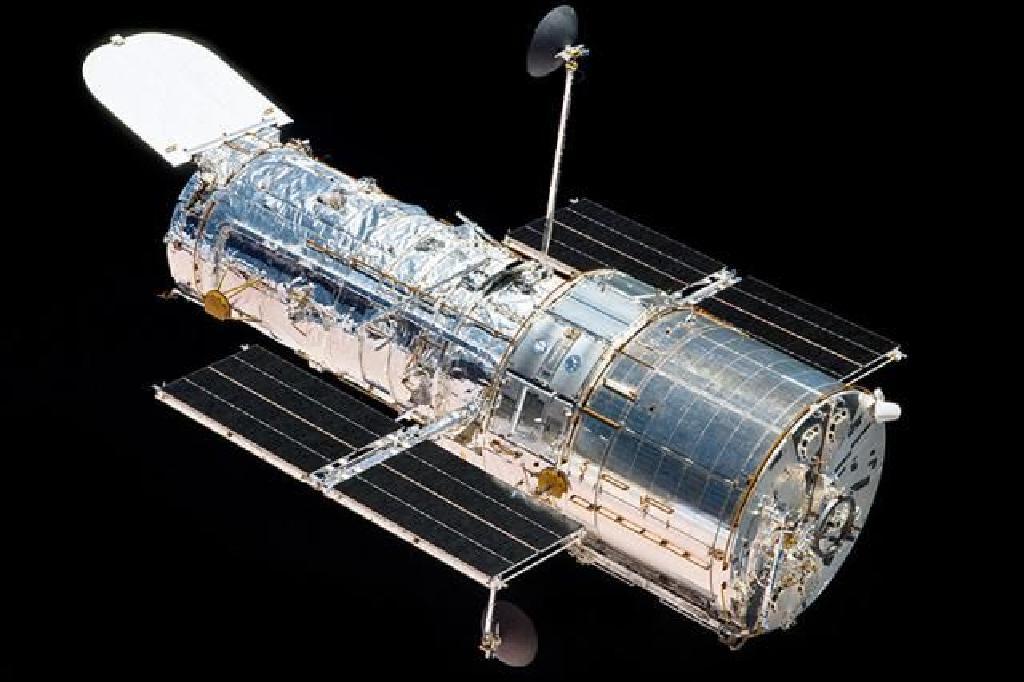After a fifty-year effort, the Hubble telescope was launched on April 24, 1990 from the space shuttle "Discovery", to study the life cycle of stars, a joint project between NASA and the European Space Agency.
The length of the telescope is 11 meters and its weight is 11 tons, and it is located 547 km above the Earth, and its sharp eye can distinguish each star individually in the group that contains about three thousand newborn stars.
The space telescope continues to provide the world with images from space for more years, but it is expected that it will enter the atmosphere, char and crumble, and NASA hopes to keep it working until 2020 so that it overlaps for a short period with its infrared space successor, "James Webb". It will be released in October 2018.
Hubble was exposed to a big problem at first, due to defects that appeared in the main mirror, so the first images sent by the telescope were very bad, but after three years, NASA sent in December 1993 a mission to fix the defect, so that corrective lenses were installed during a mission The spacewalk was the first of five maintenance missions undertaken by astronauts, and Hubble has since sent back the gorgeous new images back to Earth.
Tasks The Hubble telescope has made more than a million observations of some of the oldest and most distant galaxies. It has also helped to understand the formation of stars and planets and to determine the age of the universe thanks to its four main observing instruments and its highly accurate lenses and mirrors.

In December 2009, he picked up the blue dots, which are relatively new stars, as their age does not exceed a few million years, and they are called "R136", and they lie in the "30 Dorados Nebula" star-generating region in our galaxy.
There is a wonderful image taken by the Hubble telescope called the "Butterfly Nebula", which is located in the Milky Way galaxy, and was formed from the flow of gases that were heated to a temperature of twenty thousand degrees Celsius and emitted at a speed of 950 thousand kilometers per hour from the declining star "NGC 6302". .
As for the charming image taken by Hubble, known as the "Pillars of the Universe", they are pillars of gas and cosmic dust formed by focused rays from young stars and eroded by strong winds from nearby giant stars.
